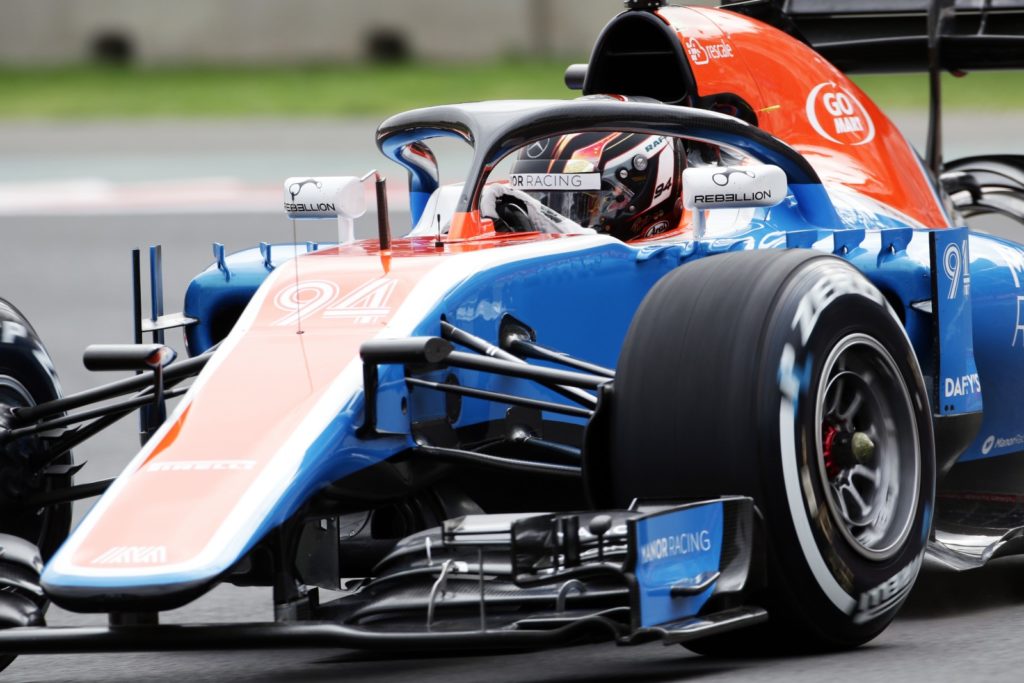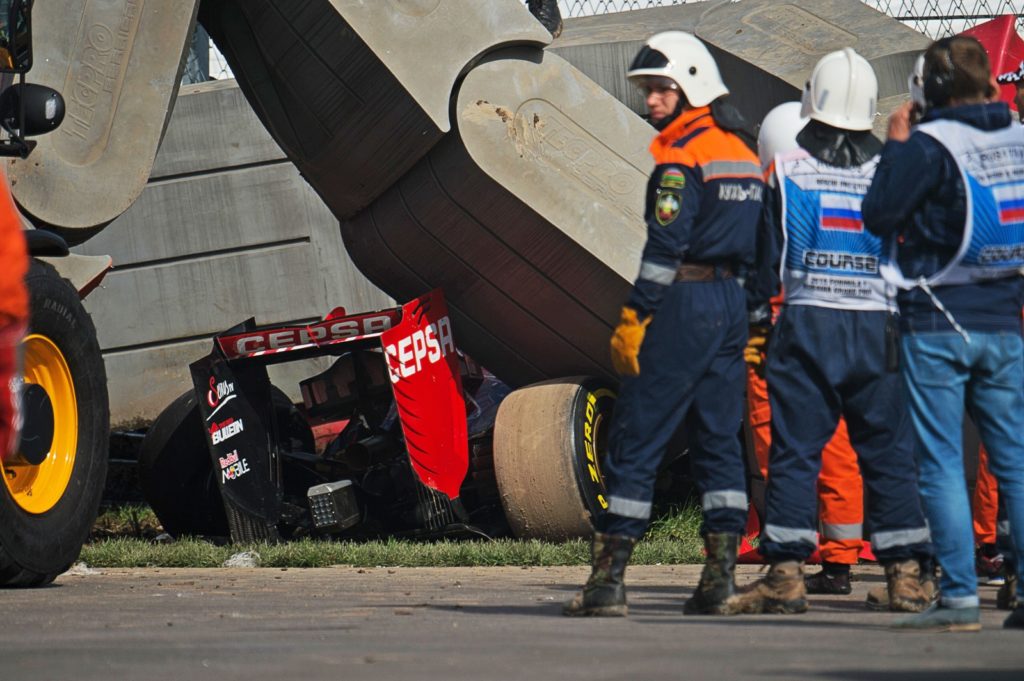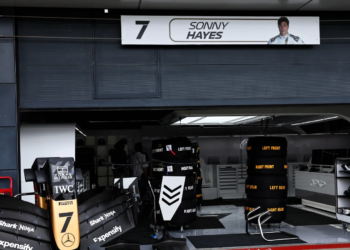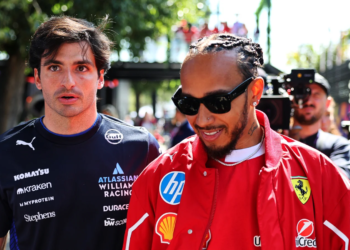Compared to other sports, Formula 1 seems to be the one that can pose a serious injury risk, although it remains one of the most exhilarating and appreciated sports to watch.
There’s only one way to master this sport – be genuinely passionate about racing and eager to learn continually. Becoming a Formula 1 driver involves a lot of effort and perseverance, so for those assuming it’s just as simple as taking your driver’s license, think twice.
Thorough training and passion are key factors to being a champion in Formula 1. This might explain the many accomplishments of racers like Max Verstappen, Charles Leclerc, Lewis Hamilton, and Fernando Alonso, who are some of the top F1 drivers of the moment. And, are these drivers aware of the dangers of this sport? They undoubtedly are, but they also trust the many modern devices that have evolved over the years to keep them safe and sound during a race.
Today’s Formula 1 cars are amazingly safe due to modern technologies designed to save lives. Drivers aren’t alone in their cockpits, and you’ll see why in this article.
According to the current standings and results, these are the current top 10 drivers of 2022 after this past weekend’s Mexican Grand Prix:
- Max Verstappen (416 points)
- Sergio Perez (280)
- Charles Leclerc (275)
- George Russel (231)
- Lewis Hamilton (216)
- Carlos Sainz (212)
- Lando Norris (111)
- Esteban Ocon (82)
- Fernando Alonso (71)
- Valtteri Bottas (47)
The safety of these and Formula 1 drivers, in general, have long been questioned, so explaining F1’s safety features and racer equipment has become a must. Let’s see how current F1 safety measures and innovative equipment stack up right now.
Fireproof race suits are mandatory
Formula 1 accidents often involve violent crashes that may lead to fire with extremely high temperatures impossible to survive without proper equipment. The FIA have put fire safety at the top of their list and demand that drivers wear race suits and underwear made from NOMEX ( technically known as Thermal Protective Testing Technology Guardian material) which are able to withstand temperatures above 600 degrees Celsius.

The highly fire-resistant fabric that these suits are made from was initially developed for firefighters, but given the similar temperatures Formula 1 drivers could face during an all-encompassing crash, it was only logical that drivers could benefit from NOMEX too.
NOMEX is unlikely to burn, even under excessively high temperatures, which makes it one of the top items of driver protection – and obligatory too – in Formula 1. It comprises everything from face masks, socks, and balaclavas to underwear and shoes so that the driver is completely covered and thus safer from hazards.
The Halo – what is it and how has it proven its worth…
The so-called Halo is a titanium-sculpted structure that aims to protect the driver from flying debris or cars. It’s then covered with carbon fibre and fitted in the cockpit above the racer’s head. While many would call it “uncomfortable,” the Halo has proven its worth throughout the times, including Romain Grosjean’s fireball crash in Bahrain two years ago.

Some drivers, including the double world champion Max Verstappen and Haas’s Kevin Magnussen, initially criticised the introduction of the Halo, claiming that it was unnecessary and would take away the open cockpit nature of Formula 1. But the Halo has proven itself multiple times since its introduction by FIA in 2018. After Lewis Hamilton’s statement “Halo saved my life”, it becomes clearer than ever that the device does have a critical role to play in the drivers’ safety, even Verstappen has come round to that way of thinking.
The roll structures – how do they protect the driver?
Each and every Formula 1 car is equipped with roll hoops, one situated just behind the racer in the air box, and the other behind the steering wheel, in front of the driver. These roll structures are meant to keep the driver safe in the event their car flips. Just imagine how catastrophic it would be to land on the top of their head with an F1 car’s 800kg weight pushing down on them. This is why their cars are fitted with these roll hoops; in the event of an upside-down crash, the racer can climb out uninjured, just like in the case of the 2022 British Grand Prix incident involving Alfa Romeo driver Zhou Guanyu.

Grands prix are great to watch, but you should know that there’s a lot of tension on both drivers’ and organizers’ shoulders in these races, as the latter has to take care of everything from the circuits’ to the drivers’ safety. If a crash like the one involving Zhou in 2022 happens from the negligence of others and no adequate equipment is in place, drivers may have the right to make compensation claims against the local councils or any local authority involved in the organization of these events.
Track features
Thanks to innovations such as Virtual Safety Car (VSC) and SAFER track barriers, Formula 1 drivers are protected against a multitude of dangers that could occur during a race, including high speed accidents. The VSC, for example, is developed as an alternative to the traditional Safety Car so that, unlike the latter, the VSC regulates the speed that drivers need to adhere to throughout the lap. This speed can differ based on the driver’s position on the track, but it usually equals a total of 30-35% decrease in regular driving speed.

This innovation is beneficial in more than one way, as it ensures that marshals and safety workers are safe while offering support in the crash site during a collision clean-up. Once the clean-up ends, the VSC is switched off, and the race goes on.
Track barriers, including gravel run-offs, tire walls, and the modern SAFER barrier (made of foam and steel) are part of all Formula 1 race tracks. These barriers are meticulously installed at every section of the track to address almost all types of collisions. In case of the unthinkable, these track barriers can absorb kinetic energy and reduce the car’s speed in order to protect the driver.
Formula 1 drivers today are safer than ever due to the plethora of inventions and regulations introduced over the years to ensure their survivability in the event of a crash.








